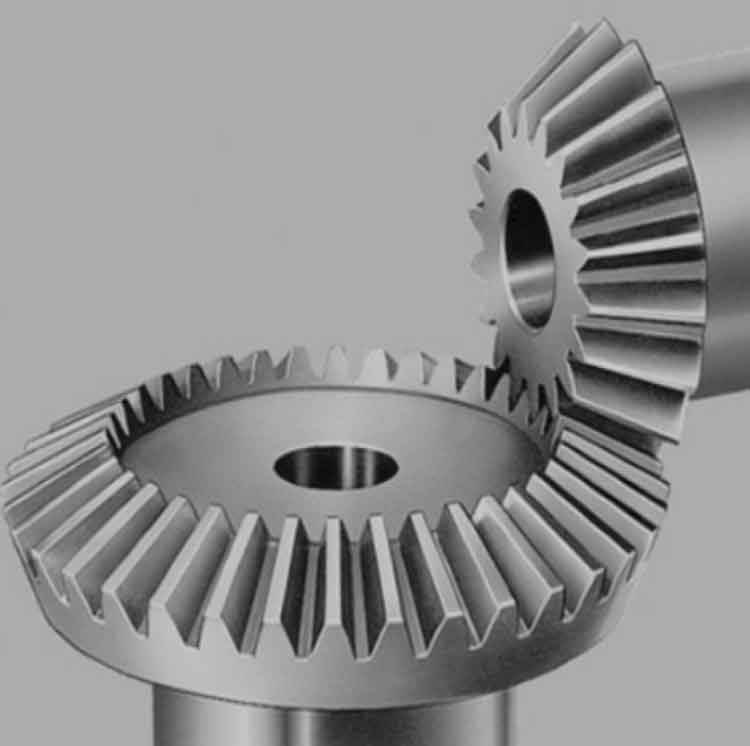Straight bevel gears play a crucial role in robotics and automation systems by providing precise motion control and reliable power transmission. Here’s how straight bevel gears contribute to precision and control in these applications:

1. Precision Motion Control:
Straight bevel gears offer high precision in motion control due to their accurately machined tooth profiles and tight manufacturing tolerances. They allow for smooth and precise transmission of rotational motion, enabling precise positioning, accurate synchronization, and coordinated movements in robotic systems. This precision is essential for tasks that require high accuracy, such as pick-and-place operations, assembly, and machine tool applications.
2. Compact Design:
Straight bevel gears have a compact design that makes them well-suited for robotic and automation systems with limited space. They can be integrated into small gearboxes, actuators, and manipulators without compromising performance. This compactness enables the design of more compact and efficient robotic systems, optimizing the use of available space.
3. Efficiency and Torque Transmission:
Straight bevel gears efficiently transmit power and torque in robotic applications. They have high torque capacity and can handle substantial forces, ensuring efficient power transfer from motors to the robotic mechanisms. This efficiency helps maximize the performance and overall energy efficiency of robotic systems.
4. Reliability and Durability:
Straight bevel gears are designed to be durable and reliable, even under continuous and demanding operation. They are made from high-quality materials, undergo heat treatment processes, and are manufactured to stringent standards. This durability ensures long-term reliability and minimizes the risk of gear failure, reducing downtime and maintenance requirements in robotic systems.
5. Backlash Control:
Straight bevel gears can be designed and controlled to minimize backlash, which is the clearance between the gear teeth. Minimizing backlash helps eliminate play or lost motion in the robotic system, ensuring precise and responsive motion control. This is particularly important for applications that require quick and accurate positioning.
6. Noise and Vibration Control:
Straight bevel gears can be optimized to reduce noise and vibrations in robotic systems. Modifications to the tooth profile, surface finishes, and gear meshing parameters can help minimize gear noise. Additionally, damping techniques, such as vibration-damping materials or isolators, can be incorporated into the system design to reduce vibrations and noise transmission.
7. Integration with Other Robotic Components:
Straight bevel gears can be seamlessly integrated with other robotic components, such as motors, encoders, and control systems. This integration enables precise and synchronized motion control, ensuring smooth operation and coordinated movements of robotic arms, grippers, and other mechanisms.
By leveraging the precision and control offered by straight bevel gears, robotics and automation systems can achieve higher accuracy, repeatability, and performance. These gears enable precise motion control, efficient power transmission, and reliable operation, making them essential components in a wide range of robotic applications, including industrial automation, assembly lines, material handling, and precision manufacturing.
